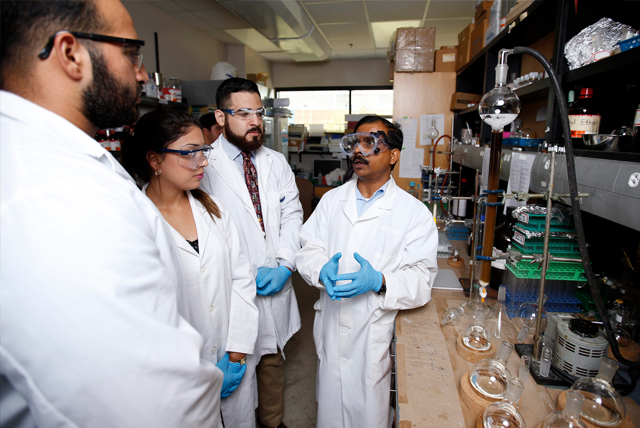Document Type
Article
Publication Date
9-24-2005
Abstract
Background
Bacillus thuringiensis is a bacterium known for producing protein crystals with insecticidal properties. These toxins are widely sought after for controlling agricultural pests due to both their specificity and their applicability in transgenic plants. There is great interest in isolating strains with improved or novel toxin characteristics, however isolating B. thuringiensis from the environment is time consuming and yields relatively few isolates of interest. New approaches to B. thuringiensis isolation have been, and continue to be sought. In this report, candidate B. thuringiensis isolates were recovered from environmental samples using a combination of a novel stain, high throughput and reduced selection. Isolates were further characterized by SDS-PAGE, light microscopy, PCR, probe hybridization, and with selected isolates, DNA sequencing, bioassay or Electron Microscopy.
Results
Based on SDS-PAGE patterns and the presence of cry genes or a crystal, 79 candidate, non-clonal isolates of B. thuringiensis were identified from 84 samples and over 10,000 colonies. Although only 16/79 (20%) of the isolates showed DNA homology by Probe Hybridization or PCR to common cry genes, initial characterization revealed a surprisingly rich library that included a putative nematocidal gene, a novel filamentous structure associated with a crystal, a spore with spikes originating from a very small parasporal body and isolates with unusually small crystals. When compared to reports of other screens, this screen was also atypical in that only 3/79 isolates (3.8%) produced a bipyramidal crystal and 24/79 (30%) of the isolates' spores possessed an attached, dark-staining body.
Conclusion
Results suggest that the screening methodology adopted in this study might deliver a vastly richer and potentially more useful library of B. thuringiensis isolates as compared to that obtained with commonly reported methodologies, and that by extension, methodologies fundamentally different from current methods should also be explored.
Recommended Citation
Rampersad, J., Ammons, D. A Bacillus thuringiensis isolation method utilizing a novel stain, low selection and high throughput produced atypical results. BMC Microbiol 5, 52 (2005). https://doi.org/10.1186/1471-2180-5-52
Creative Commons License

This work is licensed under a Creative Commons Attribution 3.0 License.
Publication Title
BMC Microbiology
DOI
https://doi.org/10.1186/1471-2180-5-52



Comments
© 2005 Rampersad and Ammons